
kodachrome25/Getty Images
- Popular houseplants that are also pet-safe include spider plants, money plants, and Boston ferns.
- Even if a plant is pet-friendly, insecticides used to keep it pest-free may still be toxic.
- Popular indoor plants that are toxic for pets include devil’s ivy, snake plants, and fiddle-leaf figs.
- Visit Insider’s homepage for more stories.
The love for our fur babies and plant babies knows no bounds, but when it comes to their health and safety, it’s important to know the perimeters of plant toxicity to protect both our pets and our plants.
“Do your research. Before bringing any new plants into your home, understand potential risks to your pets and prevent toxic exposures,” says Scott Allshouse, CEO and President of gardening products company, Earth’s Ally.
Keep in mind that just because a plant itself is non-toxic to pets doesn’t mean it’s a go. There are still other factors to consider with plant care. “Houseplants almost inevitably face common pests like scale, aphids, and spider mites. Some pesticides and insecticides are poisonous to pets as well,” says Allshouse.
We spoke to experts to find out which indoor plants are safe for cats and dogs – and which ones aren’t – so you can safely and responsibly bring home your next green addition.
1. True palms
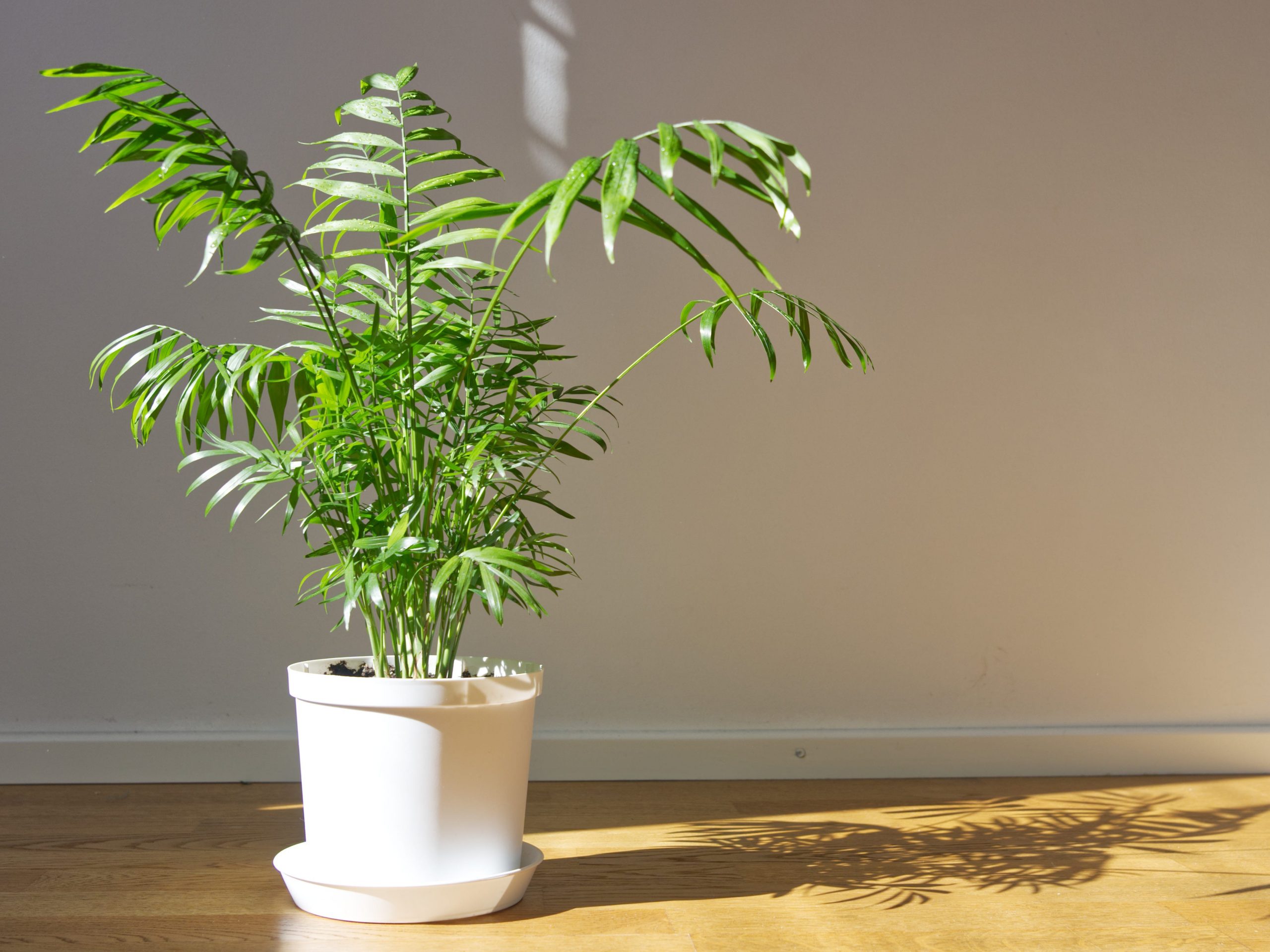
Wheatfield/Getty Images
The palm family (arecaceae) offers a few varieties that can be safely kept with pets, including the parlor palm (Chamaedorea elegans) and ponytail palm (Beaucarnea recurvata). But the sago palm (Cycas revoluta) is not a true palm and is quite toxic, says Ben Team, an environmental educator at K9 of Mine.
2. Bamboo
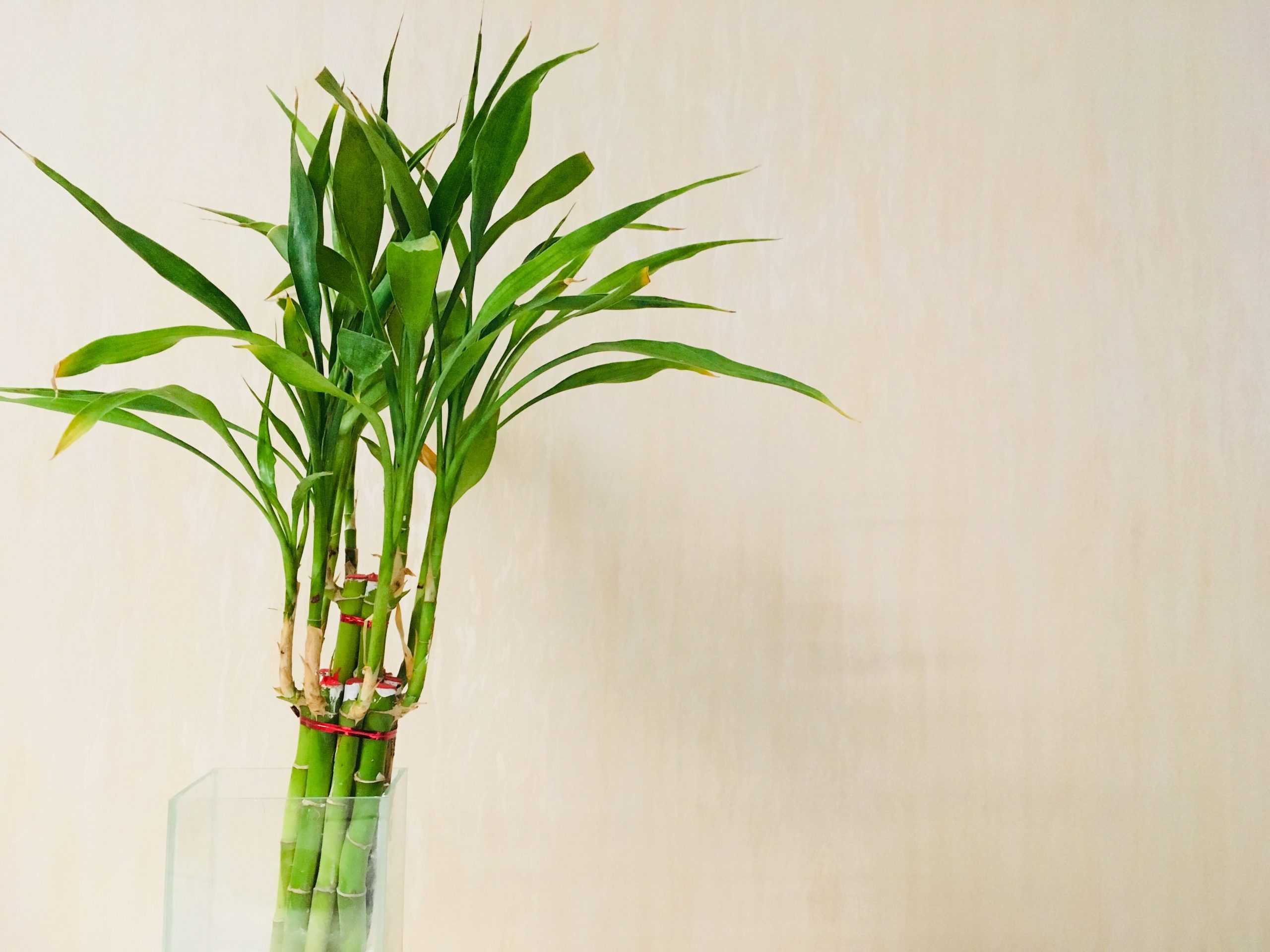
Supha Th Tra Smbati Ya Nu Chit/EyeEm/Getty Images
Commonly referred to as golden or fishpole bamboo, this plant (Phyllostachys aurea) makes for great patio foliage that's safe for both cats and dogs. Other types, however, like heavenly or sacred bamboo and lucky bamboo can be toxic to cats.
3. African violets
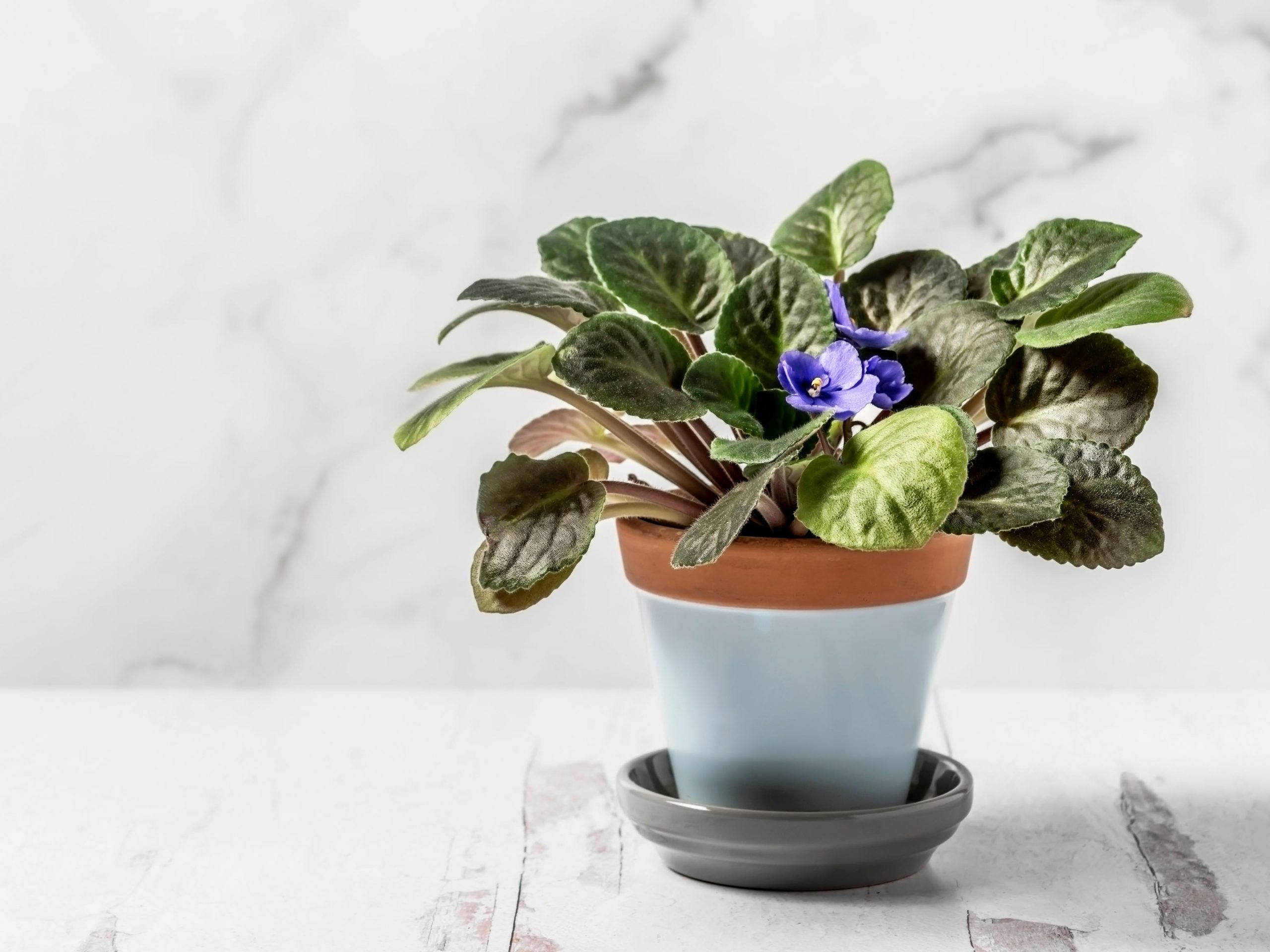
Claudia Totir/Getty Images
African violets (Streptocarpus ionanthus) are the ideal marriage of a green houseplant and a bouquet of flowers. Their pinkish-purple blooms bring color to any home and are safe to have around pets.
4. Spider plants
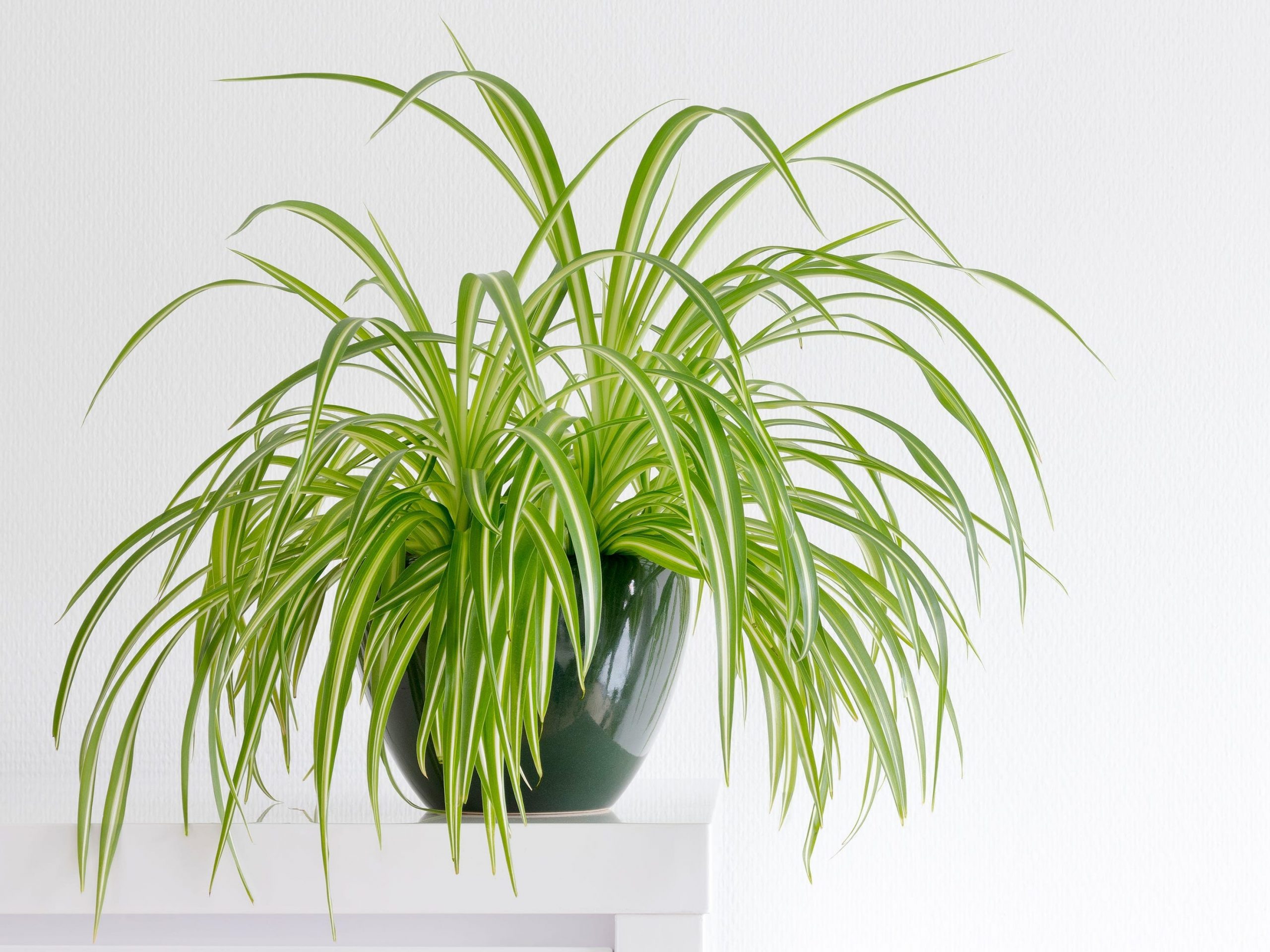
dropStock/Getty Images
The spider plant (Chlorophytum comosum), also known as the airplane plant, spider ivy, and ribbon plant, is a popular houseplant that's both pet-safe and great for hanging up high so animals aren't as tempted by it. "Spider plants are great for new plant parents because they are low maintenance, propagate easily, and are non-toxic to both cats and dogs," says Allshouse.
5. Cast iron plants
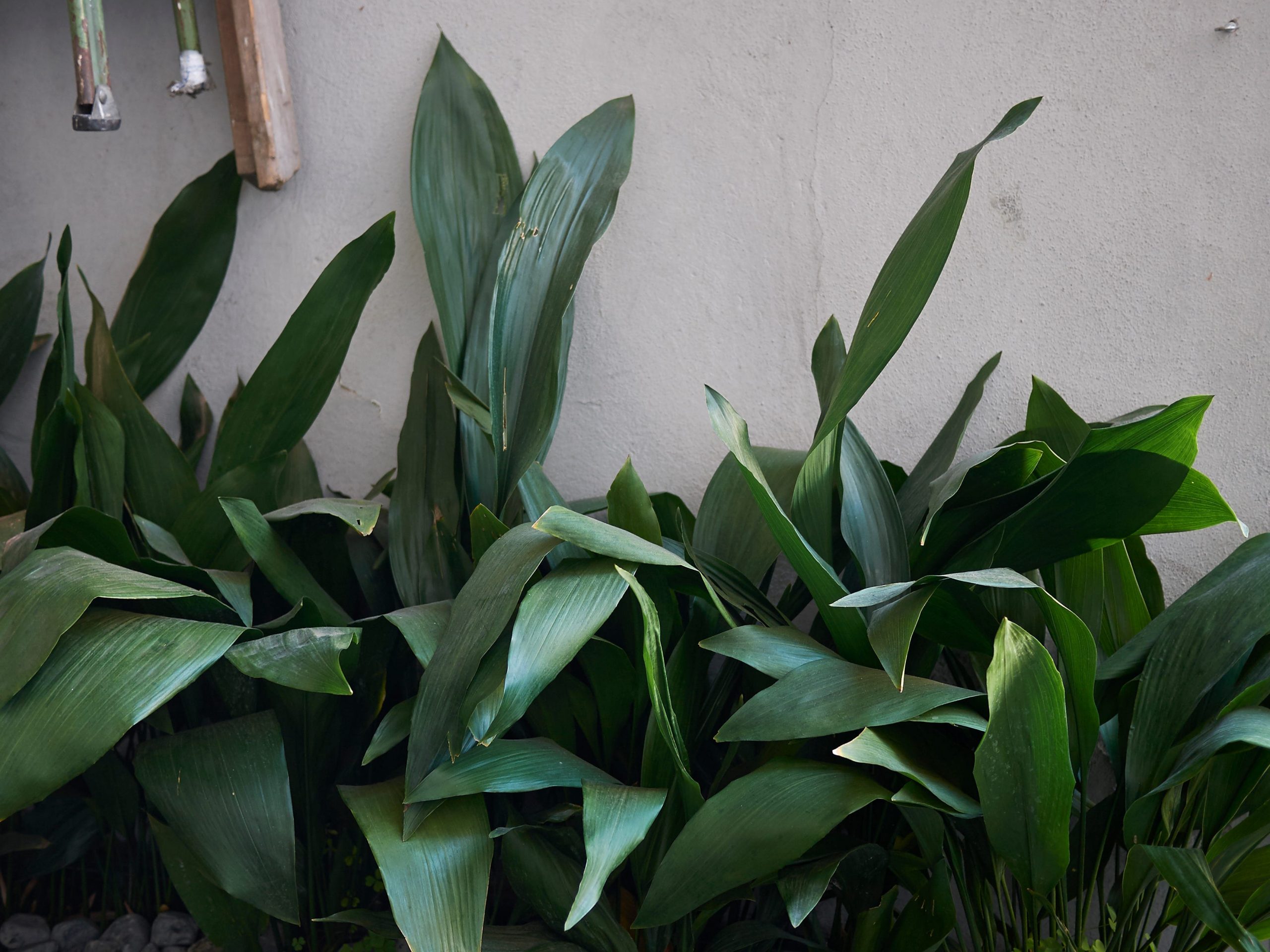
seven75/Getty Images
This glossy plant (Aspidistra elatior) with a deep emerald shade is native to Japan and has a reputation for being nearly indestructible. This is the perfect option for those who spend more time with their furry pals than their green thumb.
6. Prayer plants
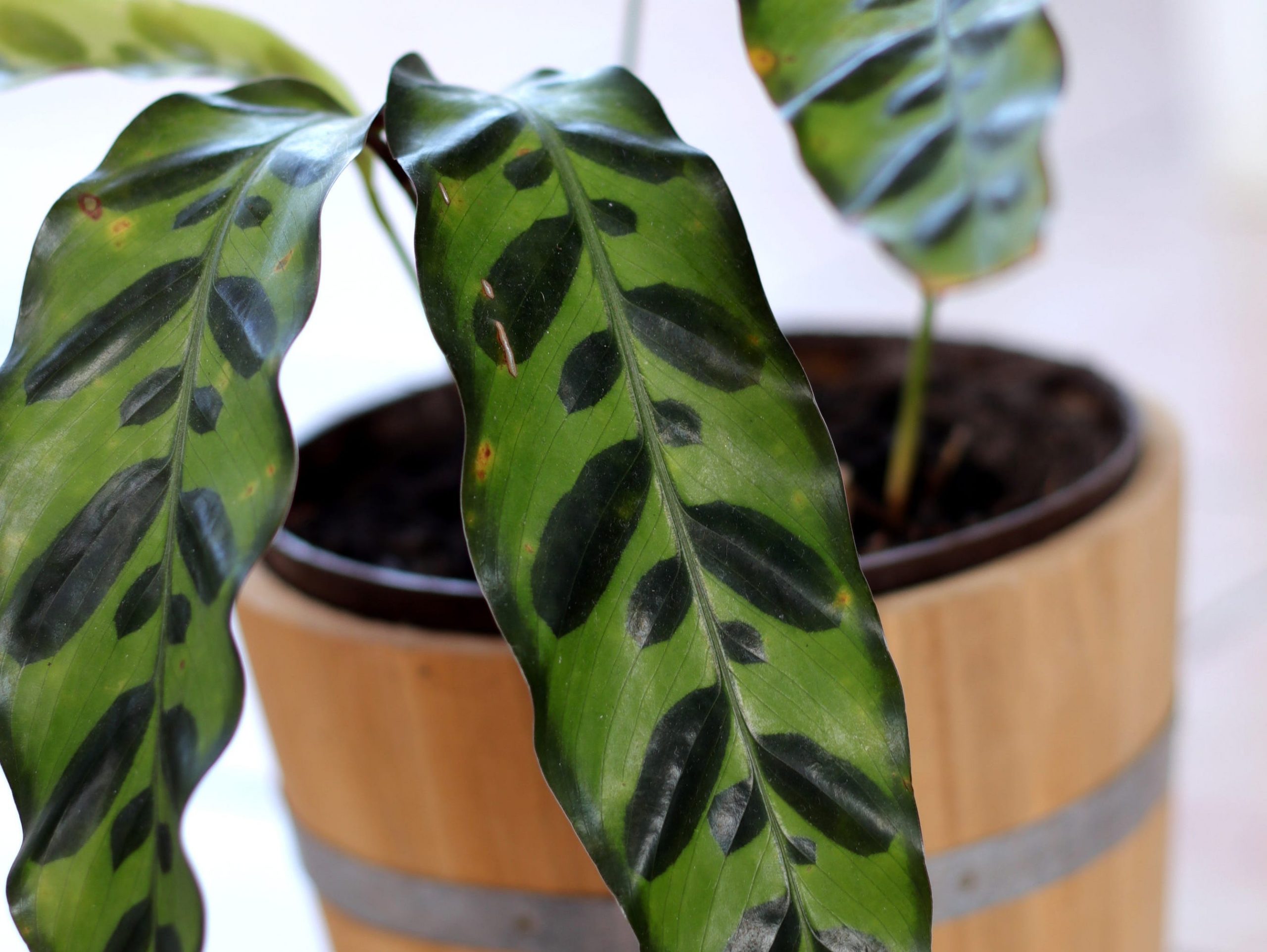
Socha/Getty Images
Prayer plants (Calathea insignis) are ideal for the plant parent who likes a little color and unique patterns in their greenery. These popular houseplants are safe for both cats and dogs and fun to watch at night when their leaves move upward.
7. Boston ferns
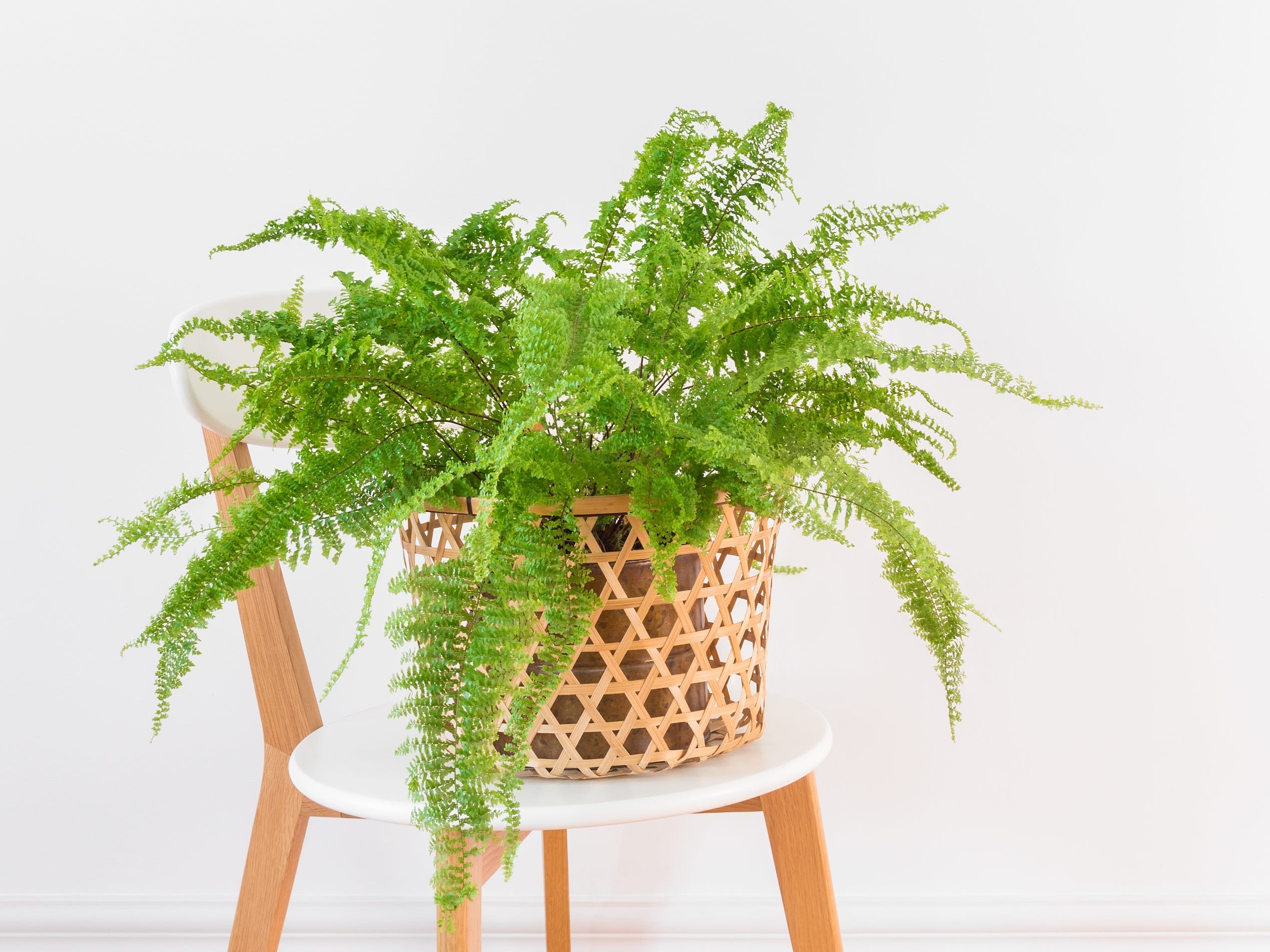
Studio Light and Shade/Getty Images
Like spider plants, Boston ferns (Nephrolepis exalta bostoniensis) make great hanging plants and thus perfect for keeping out of a pet's reach, although many cats may still get within reach - luckily, the two can safely co-exist.
8. Haworthia succulents
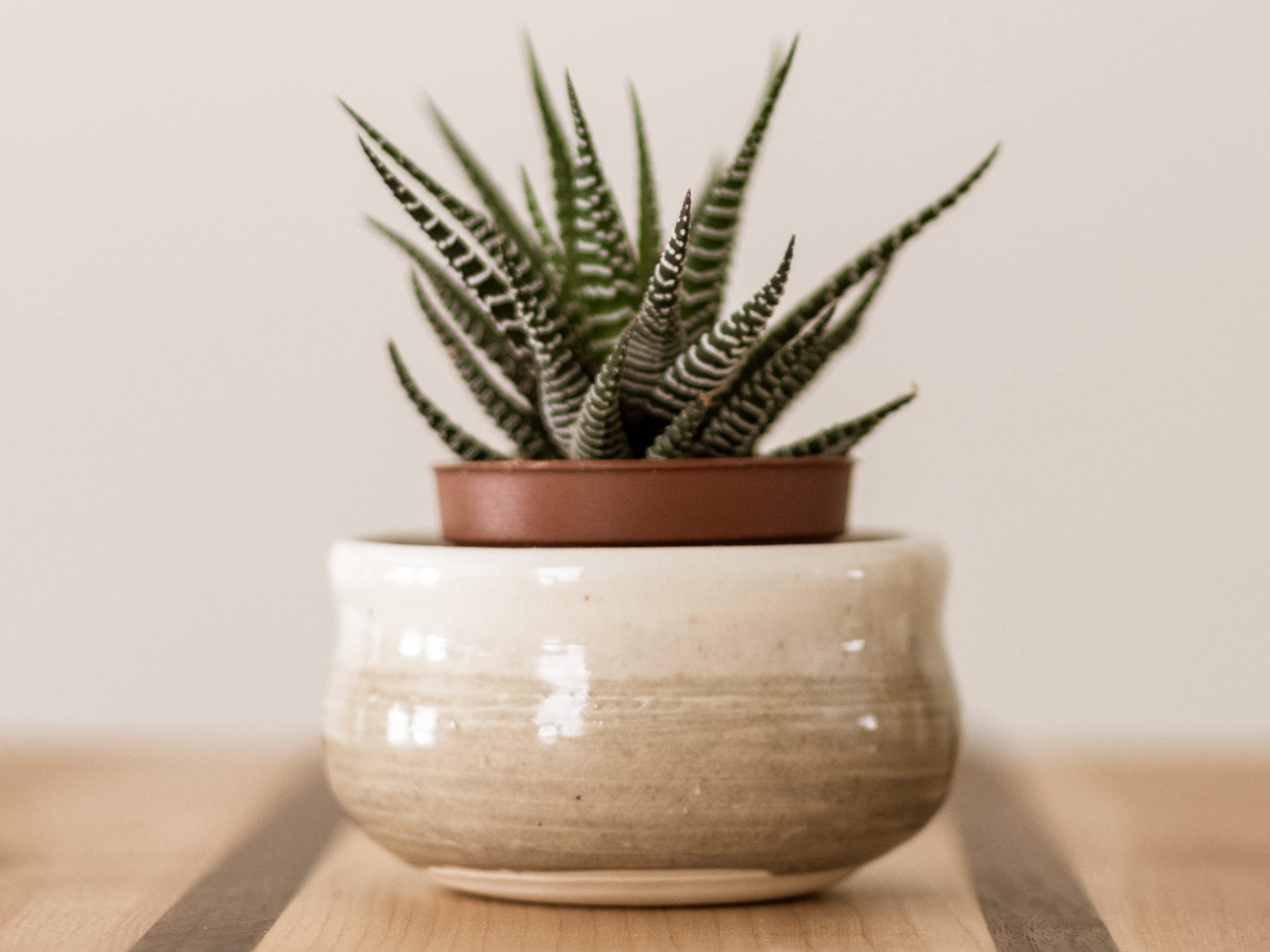
Tim M Lanthier/Getty Images
Plant and pet parents beware: Aloe vera plants may resemble the haworthia succulents (Asphodeloideae), but only the latter are non-toxic to pets. Haworthia succulents are easy to care for and require watering less frequently than other houseplants, says Team.
9. Chinese money plants
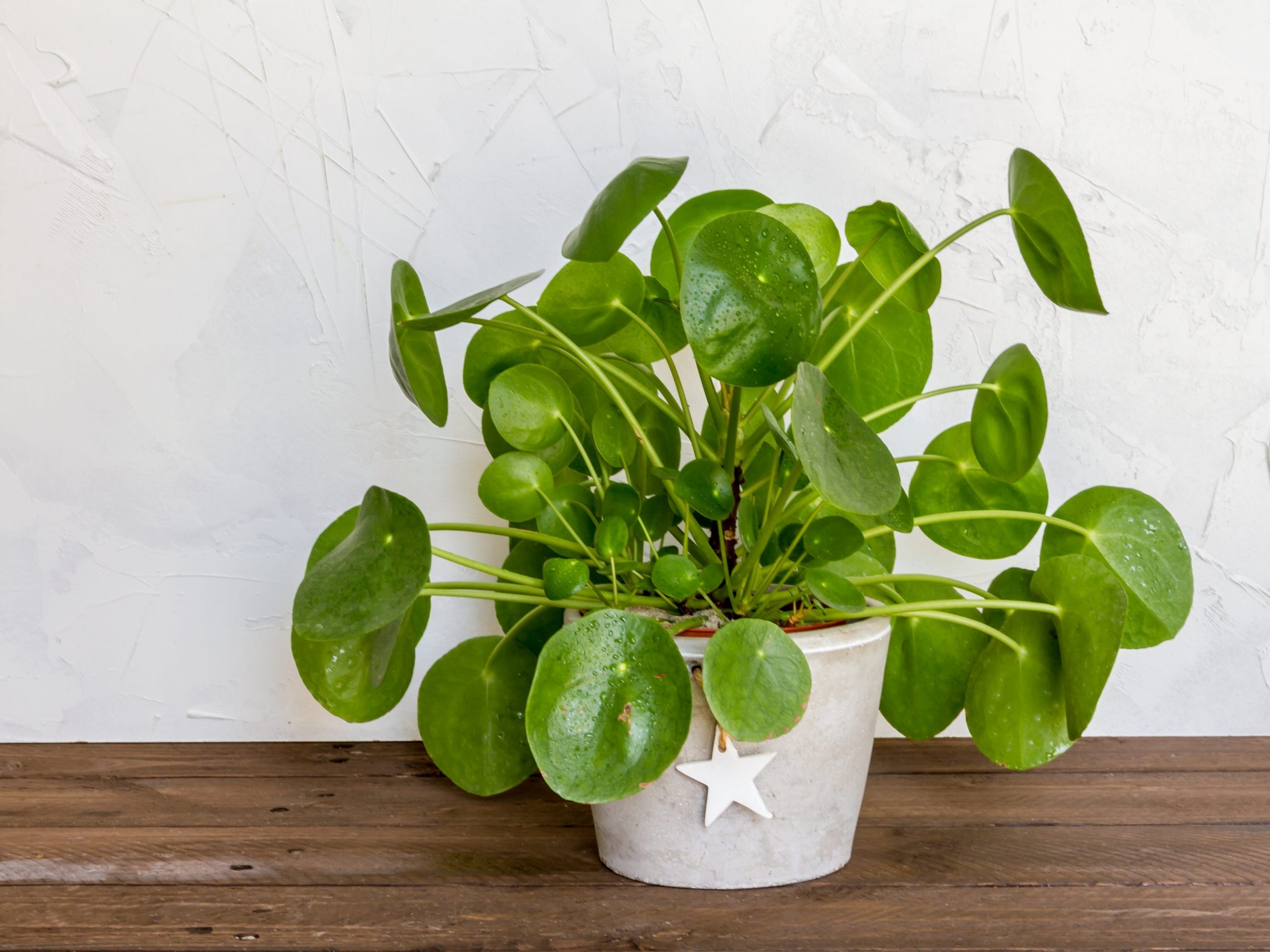
patnowa/Getty Images
With its unique appearance, this houseplant (Pilea peperomioides) - also known as the UFO plant or pancake plant - is a great addition to any home with pets. The self-propagator is easy to care for and adorable to look at (just like your fur babies).
10. Select herbs
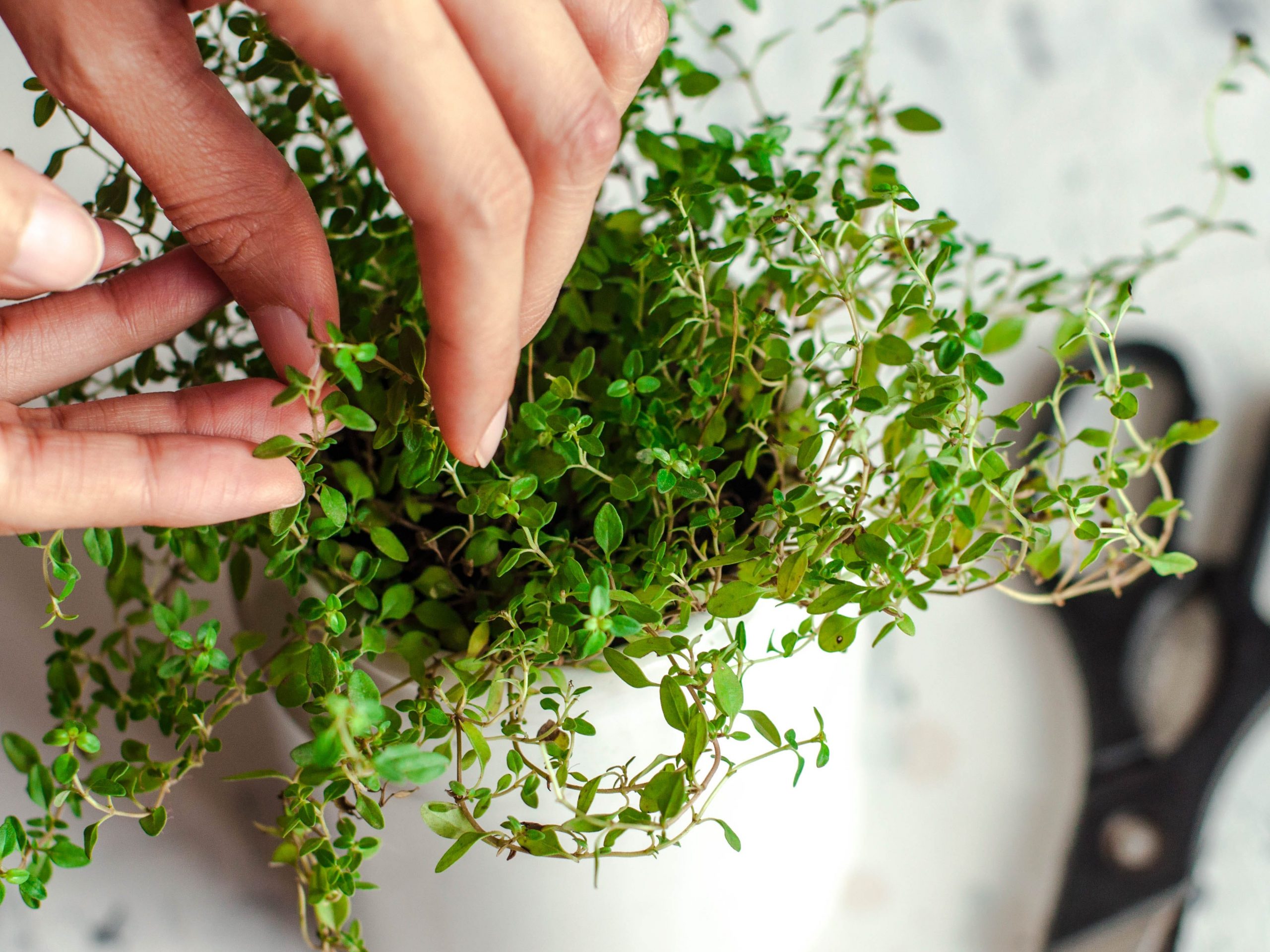
Karl Tapales/Getty Images
Indoor herb gardens can provide beauty and fragrance to your home and have gained popularity. According to the American Society for the Prevention and Cruelty to Animals (ASPCA), basil, thyme, rosemary, and sage are safe to both cats and dogs. Parsley, however, is a toxic herb.
11. Rubber Plant
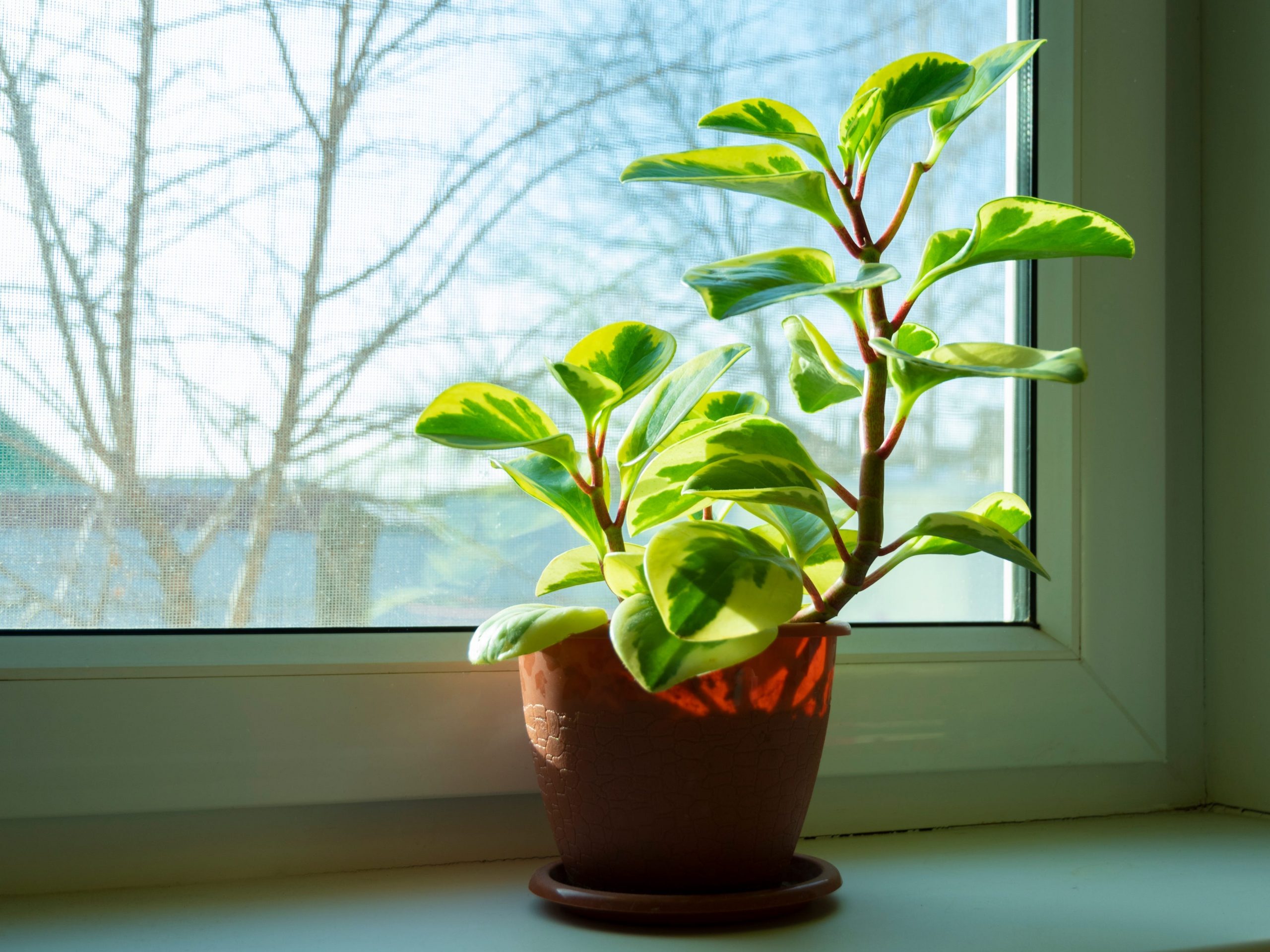
axeiz77/Getty Images
The rubber plant (Peperomia obtusifolia) - not to be confused with the rubber tree, which is toxic to pets - has glossy oversized leaves that look almost succulent-like. They're easy to grow indoors, especially in spots with bright natural light.
Popular indoor plants pet owners should avoid
There are a handful of beloved houseplants that are known to be toxic to pets, including devil's ivy (Pothos), snake plants (Sansevieria trifasciata), Swiss cheese plants (Monstera deliciosa), and fiddle leaf figs (Ficus lyrata). While pothos are vining plants and can be placed high up or in a hanging planter to keep out of a pet's reach, it's always safer for your pet's health not to have these around.
What to do if your pet eats a toxic plant
If your pet does happen to nibble on or consume a toxic plant, the best thing to do is immediately call your vet or the Pet Poison Helpline, says Allshouse Team. Be prepared to provide as much detail as possible about your pet and the plant they consumed.
"Note that it is important to consider the scientific or botanical name of any plant you intend to use, as many plants have a number of colloquial names, which can lead to confusion," says Team.